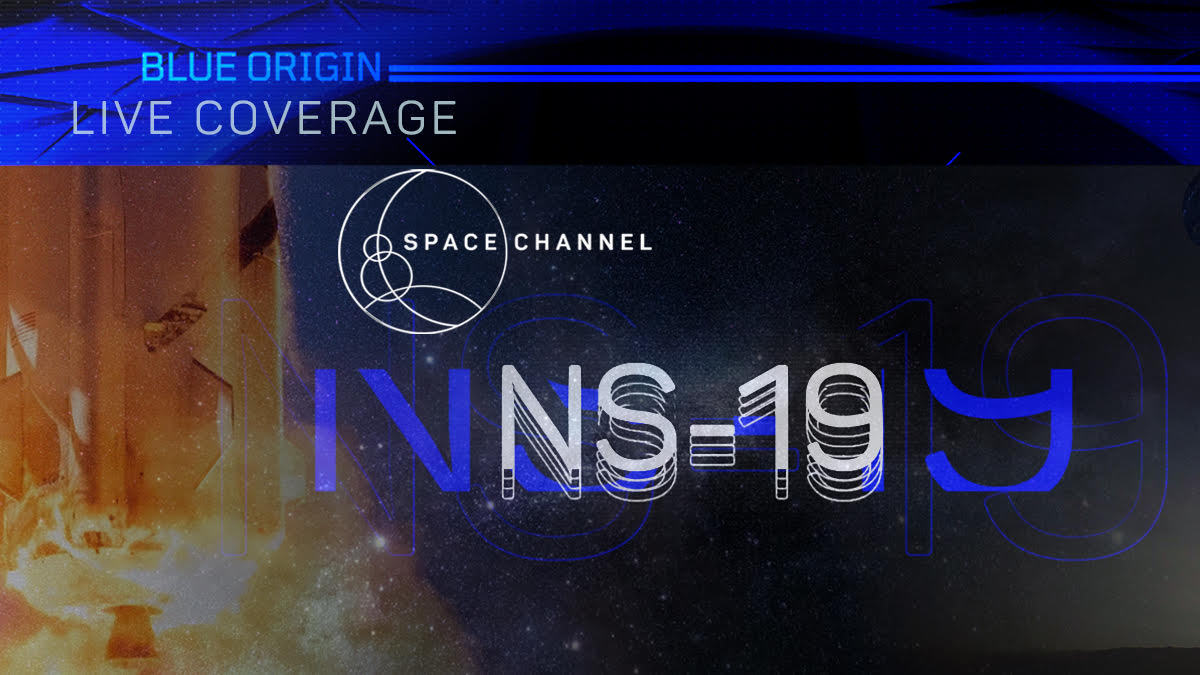NASA Awards Launch Services Contract for Earth Science Mission

NASA has selected SpaceX of Hawthorne, California, to provide launch services for the agency’s Plankton, Aerosol, Cloud, ocean Ecosystem (PACE) mission.
The total cost for NASA to launch PACE is approximately $80.4 million, which includes the launch service and other mission related costs. The PACE mission currently is targeted to launch in December 2022 on a Falcon 9 Full Thrust rocket from Cape Canaveral Air Force Station in Florida.
The PACE mission represents the nation’s next great investment in understanding and protecting our home planet. The mission will provide global ocean color, cloud, and aerosol data that will provide unprecedented insights into oceanographic and atmospheric responses to Earth’s changing climate. PACE will help scientists investigate the diversity of organisms fueling marine food webs and the U.S. economy, and deliver advanced data products to reduce uncertainties in global climate models and improve our interdisciplinary understanding of the Earth system.
NASA’s Launch Services Program at the agency’s Kennedy Space Center in Florida will manage the SpaceX launch service. The PACE mission is managed at NASA’s Goddard Space Flight Center in Greenbelt, Maryland, for the agency’s Science Mission Directorate in Washington.
For more information about NASA’s Earth science programs, visit:





